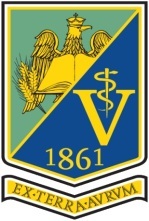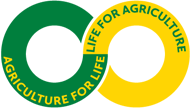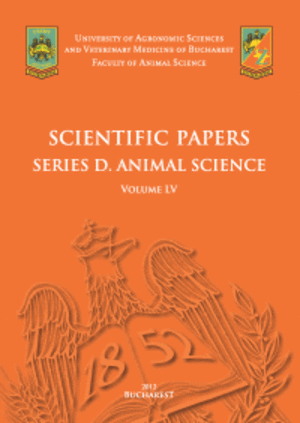Published in Scientific Works. Series C. Veterinary Medicine, Vol. LXXI, Issue 1
Written by Elena NEGRU, Cristina MICH, Anca BULGARU, Sonia Lucreția BEȘLEAGĂ, Mihai DANEŞ, Doina DANEŞ
The purpose of the current study was to investigate the effect of certain cultivation parameters, such as pH adjustment, stirring and nutrient addition, on the bacterial density and toxin production of a Clostridium perfringens type C culture. Bacterial cultures were grown simultaneously on a 30-litre Bionet bioreactor and an industrial 500-litre bioreactor. Both experiments were performed using the same culture media, the same nutrients and the same inoculum and during the same timeframe. Differences in bioreactor equipment, such as homogenisation systems and pH measuring equipment, resulted in different final cultivation outcomes. The toxicity of the experimental Bionet culture was determined at 3200 LD50, while the industrial bioreactor culture tested at only 800 LD50 toxicity.
[Read full article] [Citation]



